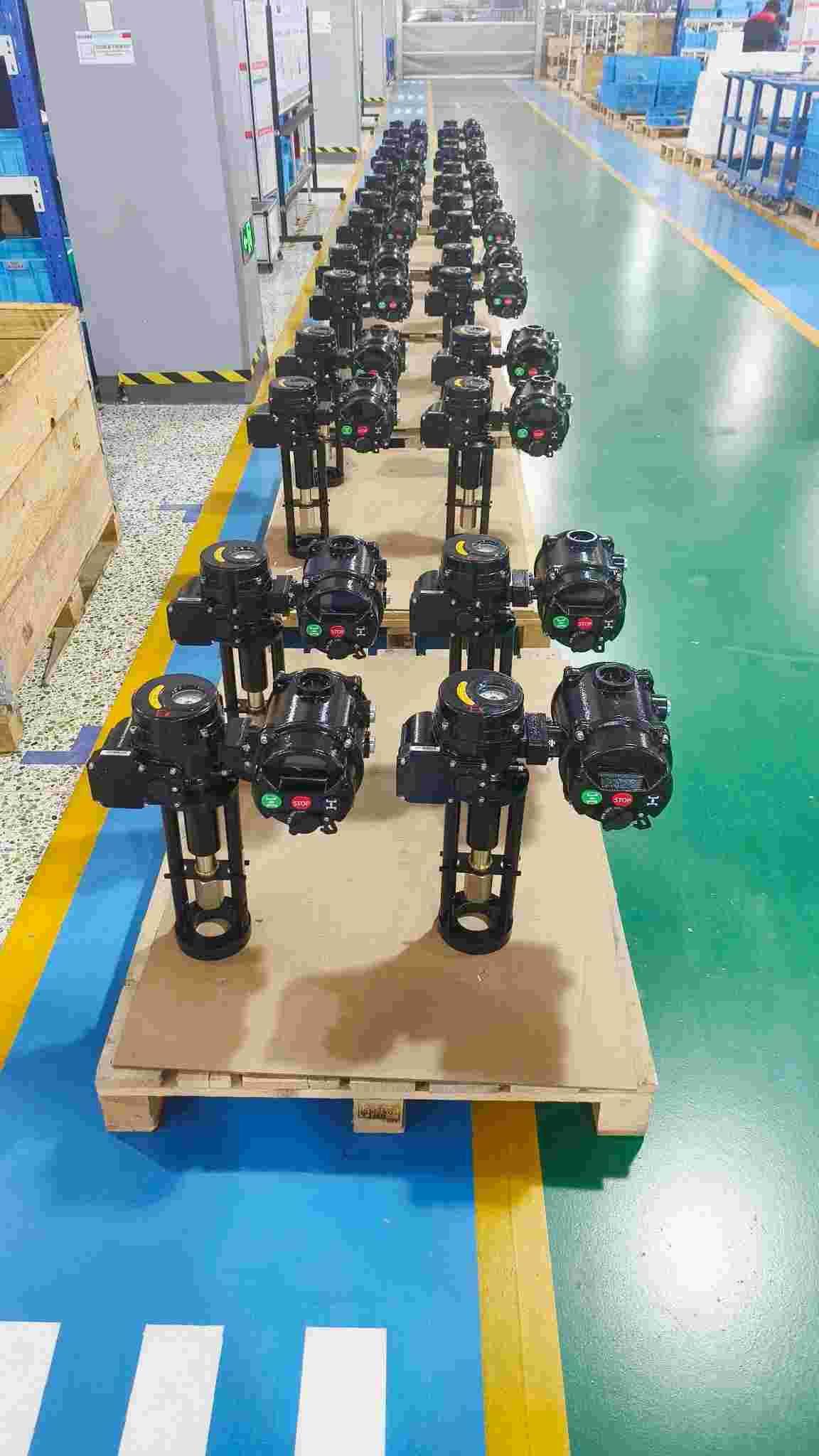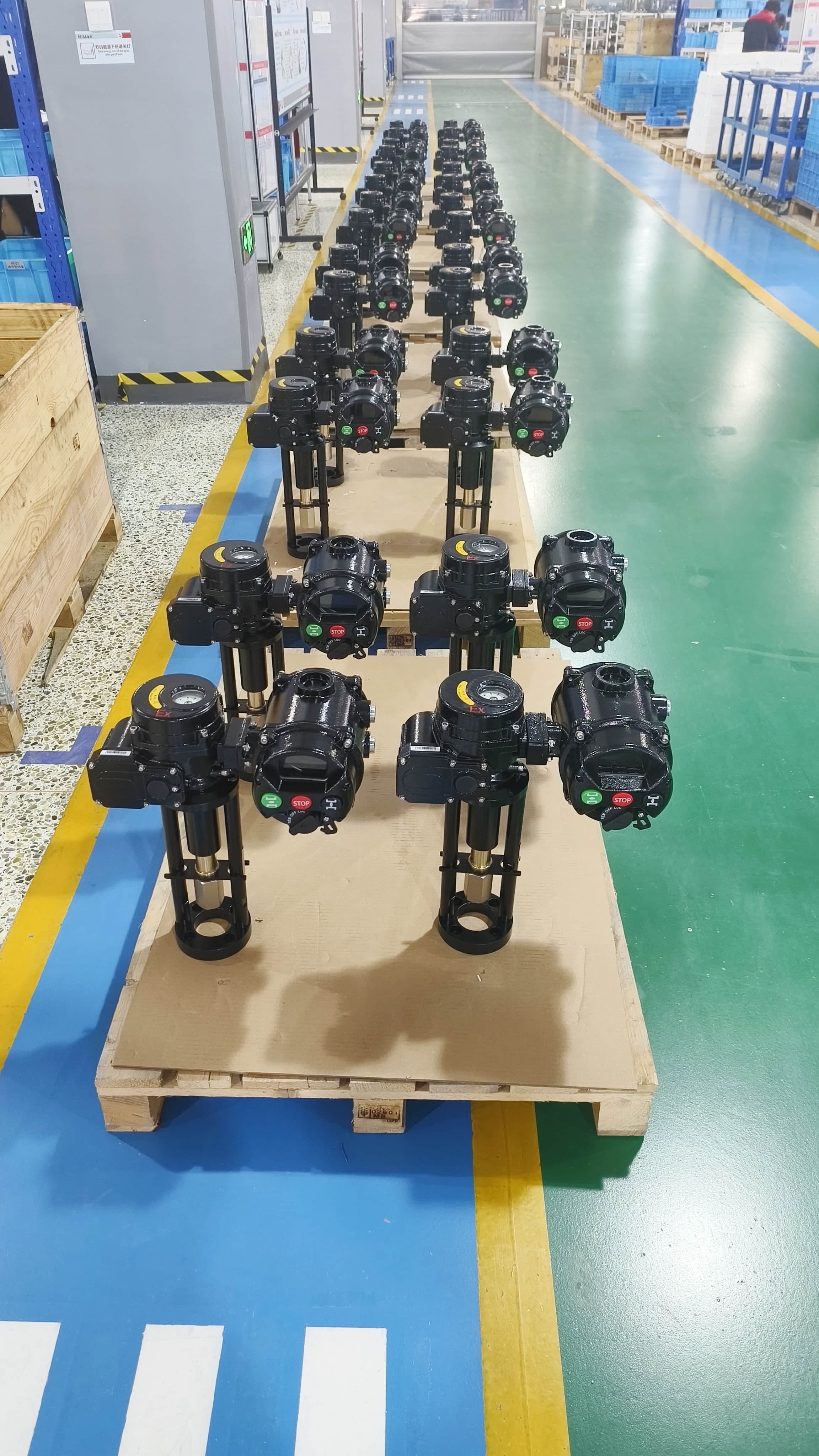
The evolution of technology has significantly transformed industries by enhancing the efficiency, precision, and adaptability of various systems. One of the key innovations in this transformation is the Intelligent Integrated Actuator (IIA). An IIA is a multi-functional system that combines the capabilities of actuators, sensors, and controllers in a single unit, providing an advanced level of automation and smart control across a variety of applications. This article explores the concept of Intelligent Integrated Actuators, their features, and their importance in various fields.
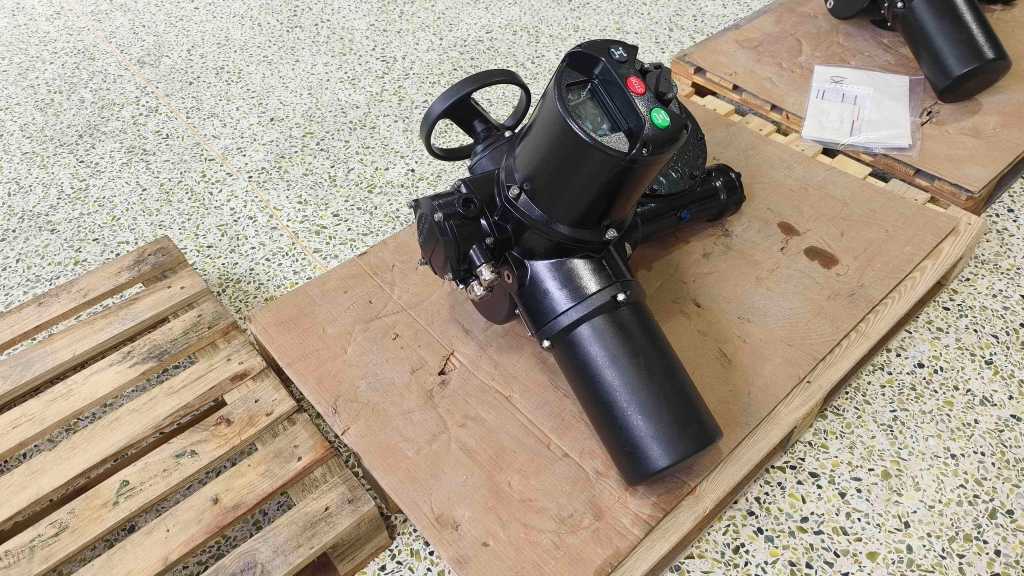
Understanding Intelligent Integrated Actuators
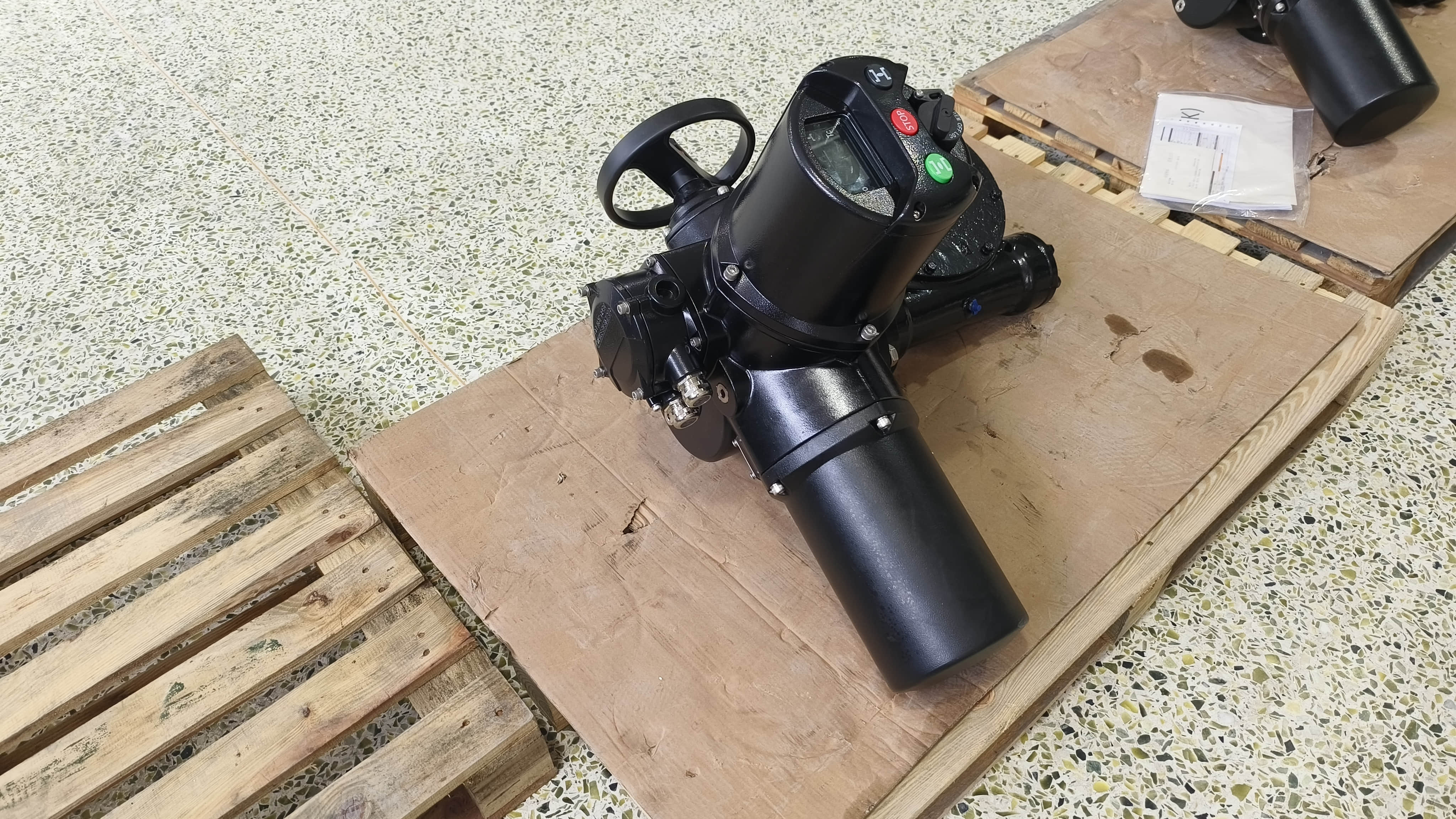
An Intelligent Integrated Actuator is a compact system that integrates three primary components: the actuator (for physical movement), sensors (for feedback), and a controller (for decision-making). This integration allows the IIA to perform tasks more efficiently and with greater precision compared to traditional actuators. The inclusion of sensors enables real-time feedback, which, in turn, allows the system to adapt to changing conditions and optimize performance. Additionally, the controller processes the data provided by the sensors and adjusts the actuator’s operations accordingly.

This combination of features makes the IIA highly versatile and capable of handling complex control tasks that require real-time adjustments. Traditional actuators, on the other hand, often require external sensors and controllers, leading to more complex setups and less efficiency.
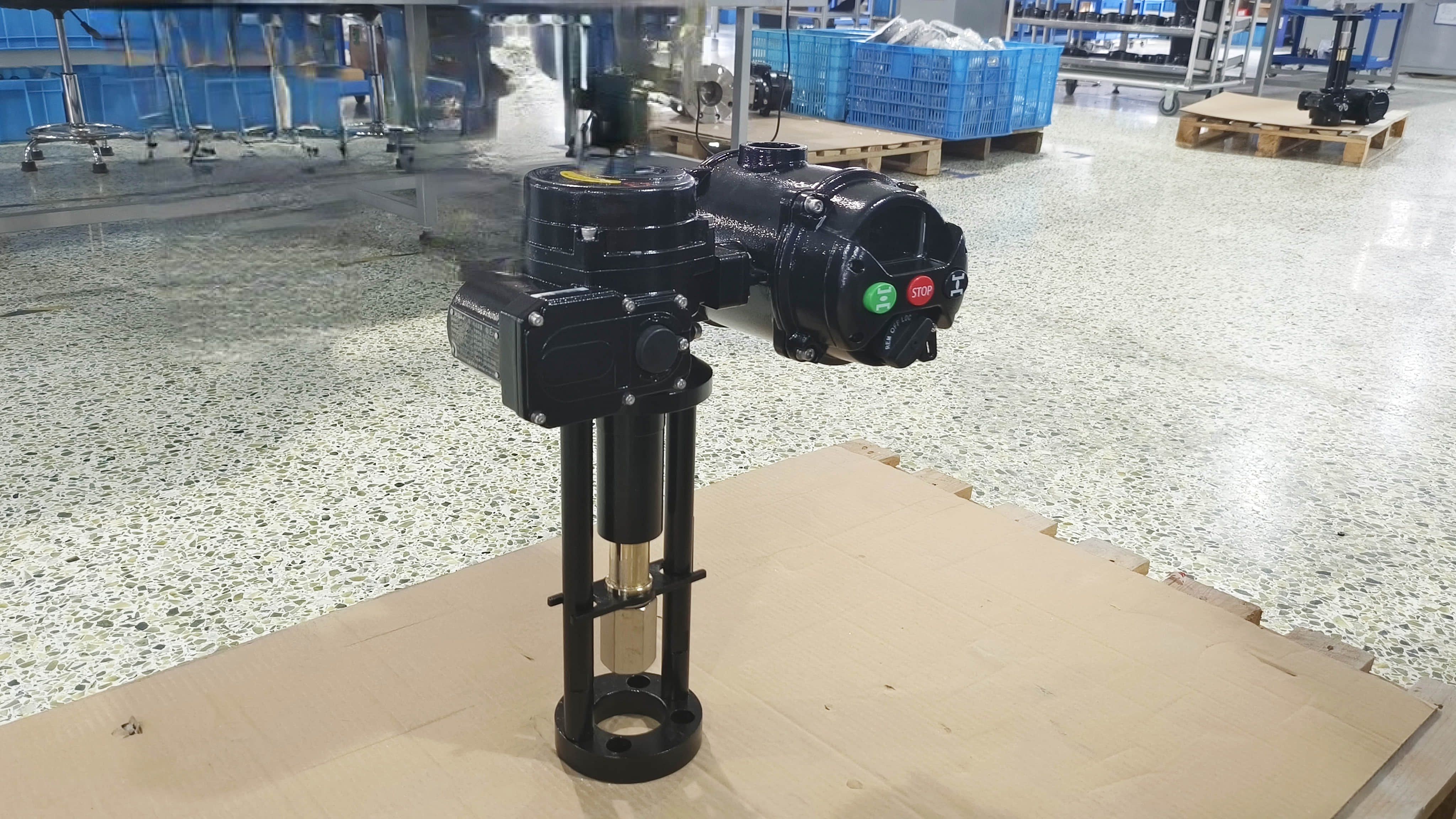
Key Features of Intelligent Integrated Actuators
